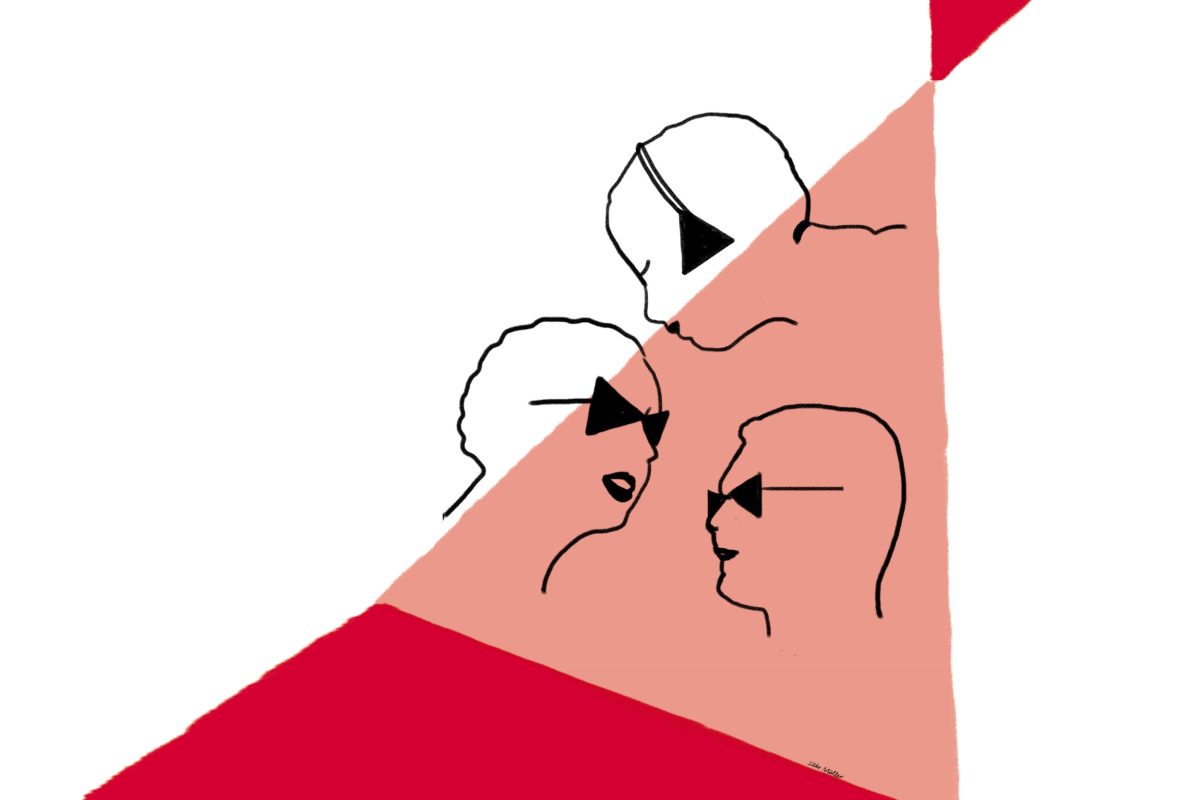
Time's Up und das Publikum
*No man is an island* gilt auch für die, die auf einer Insel leben. Weil das so ist, produziert, denkt, tut, implementiert, entwickelt, installiert Time's Up nie nur für sich selbst. Sonst gäbe es keine Begegnungen, kein Echo, kein Lernen. Das Publikum, nicht als "die Anderen", sondern als Gegenüber und Miteinander, ist der eigentliche Grund für die Kreationen von Time's Up.
--
Das Publikum ist Viele und Vieles. Es ist Gast, NutzerIn, RezipientIn und BesucherIn. Und dann ist es noch TeilnehmerIn, TeilgeberIn und TeilhaberIn. Manchmal mehr dieses als jenes, manchmal umgekehrt; je nach Arbeit und vor allem, je nach persönlicher Bereitschaft, sich einzulassen.
Das Publikum erst bringt die Installationen und Situationen zum Leben, animiert die Narrative im Begehen und Begreifen.
--
Interaktion mit der Umgebung ist ausdrücklich erwünscht, doch es besteht kein Mitmachzwang in künstlerischen Fragen. Das ist auch eine Frage der Höflichkeit, weshalb Time's Up sein Publikum gern als Gast, als BesucherIn, versteht. Man bringt sich Respekt entgegen, unterhält sich mit ehrlichem Interesse an den Ausführungen und Gedanken des Gesprächspartners, nötigt sich aber wechselseitig zu nichts.
--
Außer natürlichem Respekt vom Publikum idealerweise mitzubringen: Etwas Zeit und Aufnahmefähigkeit. Vielfach bewährt hat sich auch die Gabe, Erwartungen loszulassen und möglichst offen einzutreten. Vorwissen ist keine Voraussetzung, der Intuition und dem *common sense* darf getraut werden. Alle Barrieren sind gastgeberseitig so weit abgetragen wie nur möglich, das Ambiente so einnehmend gestaltet, dass sich man darin auch bedenkenlos verlieren kann.
--
Zu den großen Freiheiten des Publikums gehört die Gewissheit, nichts falsch machen zu können. Scheitern ist für BesucherInnen ausgeschlossen. Keine Lesart, keine Handlung, kein geistiger wie räumlicher Weg, keine Spielvariation ist falsch, sondern lediglich eine mögliche Variante.
Die Einladung, in die Welten von Time's Up einzutauchen, mag manchmal fordernden Charakter haben, dient jedoch lediglich größerer Dichte und besserer Erschließung. Nie würde sich Time's Up erlauben, zu zwingen. Genauso wenig, wie sich selbst in den Vordergrund zu spielen.
Die Hinterräume mit der Technik bleiben den Gästen – NutzerInnen, Mitreisenden – prinzipiell verborgen. *Pay no attention to the man behind the curtain*, lautet die aus dem Zauberer von Oz geborgte Devise, mit der sie Time's Up um die eigentliche Eintrittsgebühr in den Raum bittet: Die vorübergehende freiwillige Außerkraftsetzung der Skepsis wie auch des wissbegehrlichen Wunsches, die Inszenierung durch den desillusionierenden Blick hinter die Kulissen zu durchschauen.
Time's Up and the audience
*No man is an island* applies also to those who live on an island. Because that is the way things are, Time's Up never produces, thinks, acts, implements, develops or installs for themselves alone. Otherwise there would be no encounters, no echo, no learning. The audience, not as "the others", but as counterpart and togetherness, is the actual reason for the creation of Time's Up.
--
The audience are many things. Guests, users, recipients and visitors. Participant, provider, stakeholder. Sometimes more one than the other, sometimes vice versa; depending on the work and above all on each person's willingness to allow themselves to be involved.
The audience brings the installations and situations to life, animating the narrative by walking through it and getting to grips with it.
--
Interaction with the environment is explicitly desired, although there is no pressure to become involved in artistic inquisitiveness. It is also a question of politeness, which is why Time's Up likes to think of its audience as *visitors*. This encourages mutual respect, promotes honest interest in each others explanations and thoughts, but makes no demands on each other.
--
Apart from natural respect, the audience only needs to bring some time and some thought capacity. What has often proven essential is the ability to forget all expectations and enter as freely as possible. Prior knowledge is not necessary; intuition and *common sense* are to be trusted. All barriers have been removed by the host as far as possible, the atmosphere is designed to be engaging so that the audience can lose themselves in a carefree manner.
--
One of the great freedoms that the audience has is the certainty that they cannot do anything wrong. Failure is excluded for visitors. Every interpretation, every interaction, every thought or spatial route or variation of play is allowed because they are all possible variations.
The invitation to dive into the worlds of Time's Up might sound demanding sometimes, but it is designed to achieve greater intensity and exploration. Time's Up would never want to put you under pressure. Nor would they want to take centre stage.
The backstage rooms with the technology generally remain hidden to the guests - users - stakeholders. *Pay no attention to the man behind the curtain*, like in the Wizard of Oz, is how Time's Up invite you to enter the space: temporarily shut down all scepticism and ignore the all-knowing desire to unveil the staging by taking a disillusioned glance behind the scenes.